The wall covering you choose can make a room appear bigger, warmer, and brighter (or the opposite) and even hide imperfect elements. So it makes sense to spend a little time considering the best option for your walls and for your house.
Take a Cue From Color
Color can set the mood in a room. To make a space appear larger and the ceiling higher, pick patterns with cool-color backgrounds, such as green, blue, or violet. Soft cool colors suggest tranquility, while intense cool colors are fresh and dramatic. Warm colors—reds, yellows, and oranges—live up to their name and make people feel warmer. These are a popular choice in colder climates and work well in north-facing rooms. The more intense the color, the more excitement it will give to a room.
Play With Light
In a north-facing room, dark hallway, or windowless space, look for wall coverings that will reflect light around the room, such as patterns with light colors and those with metallic or iridescent inks. Also consider patterns with smooth surfaces, which reflect maximum light. Dark colors absorb light, making walls appear closer and the room smaller. Textured surfaces also tend to make a wall look darker.
Hide Flaws With Texture
Patterns with real or perceived texture can hide or camouflage wall imperfections or architectural eyesores. Patterns with actual tactile surfaces include grass and string cloth, burlap, foil, expanded vinyl, and even fabric. Other papers simulate the look of marble, wood, leather, fabric, or even animal skins. A pattern with a layered design also creates a perception of texture (such as a monochromatic damask design behind a floral pattern).
Choose a Suitable Style
For a formal look, choose large-scale patterns with dramatic colors. For a fun, bright style, pick small motifs that are open and regularly spaced, such as polka dots. Don’t forget the decorative impact of borders. Available in all sorts of motifs and styles—from sports scenes to pastoral views to wildlife images—borders quickly establish the theme of a room.
Accent the Positive
Stripes and other vertical patterns, which emphasize height, suggest dignity, vitality, and formality. Vertical patterns, including florals where the motif’s shape suggests a V or a U, will make a ceiling appear higher. Horizontal patterns accent width, suggest quietness and repose, and make narrow rooms appear wider.
Scale for Success
Small-scale patterns create a feeling of spaciousness, while large-scale designs make rooms more intimate. To make an empty room look more furnished, pick large-scale patterns with bright colors and dark backgrounds. To give flat walls the look of depth, try a large, open dimensional pattern, such as a trellis design.
Mix and Match Wisely
A room without patterns can bore, while a room with too many can cause restlessness. When mixing stripes, florals, or plaids in a room or between adjacent areas, pick patterns that repeat the same color or values of that color. Wall-covering books usually group designs by color to make coordinating easy.
Determine How Many Rolls of Wall Covering You’ll Need
- Calculate the wall space to be covered in square feet. Measure a wall from ceiling to floor and horizontally from corner to corner. Multiply those two figures. Repeat for remaining walls. Add the totals.
- If you’re covering a ceiling, calculate the square footage by multiplying the width of the floor by the length.
- Divide each figure by 25—the average square footage in a standard single roll of wallpaper.
- Subtract from the total one-half single roll for each window and door. The resulting figure is the final number of single rolls needed. Always round fractions to the next highest whole number. If your wallpaper comes in double rolls (most residential wallpapers do), divide this figure by 2.

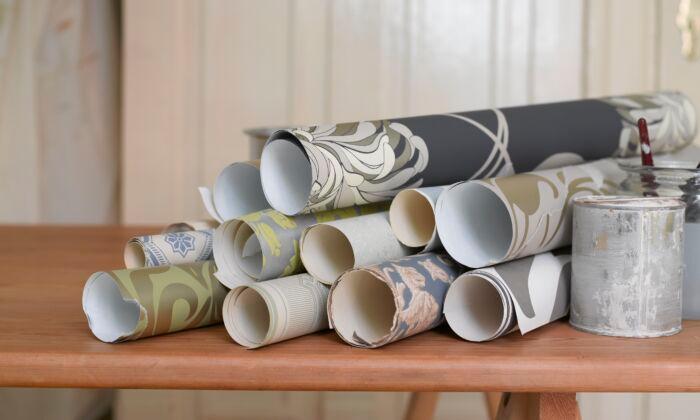
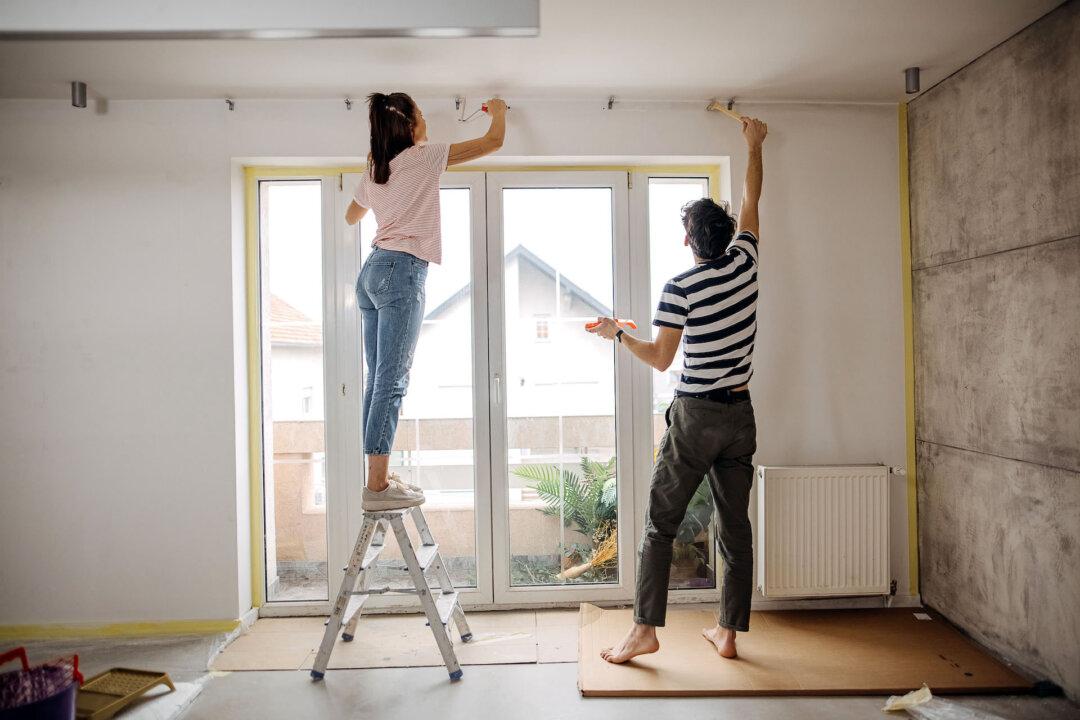
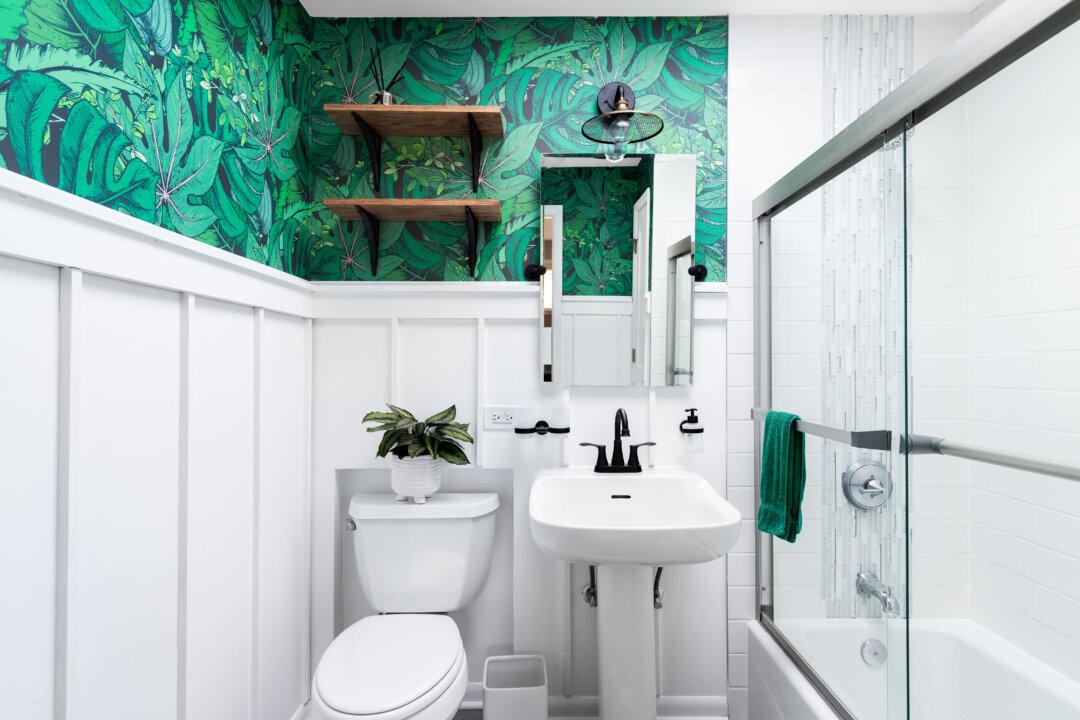
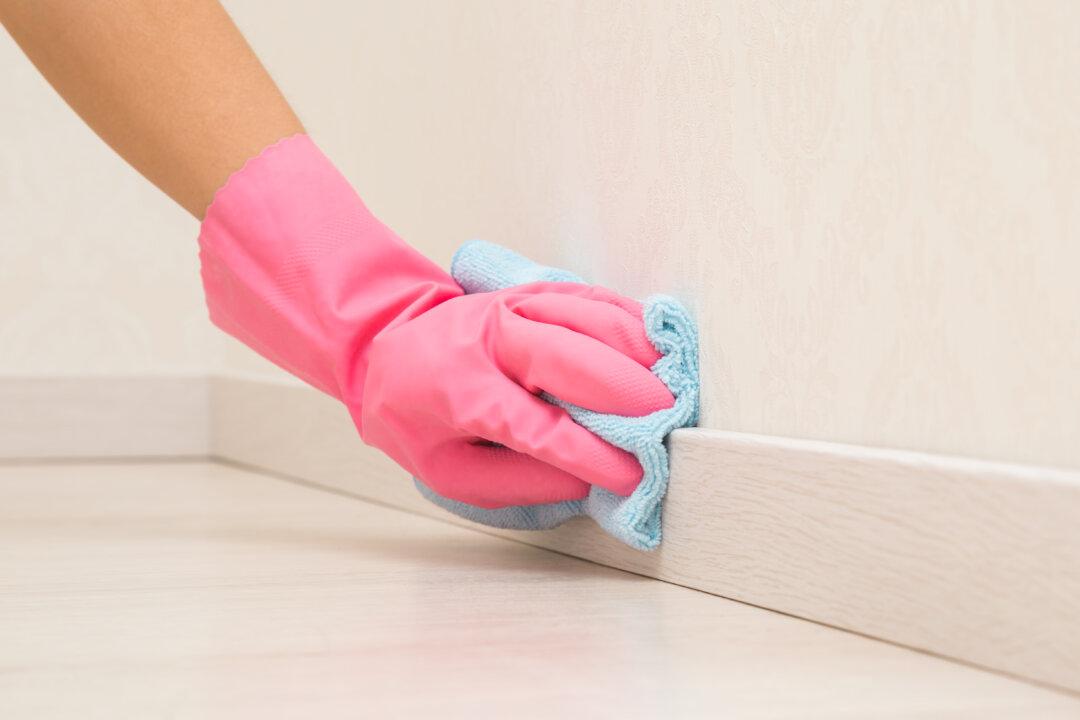
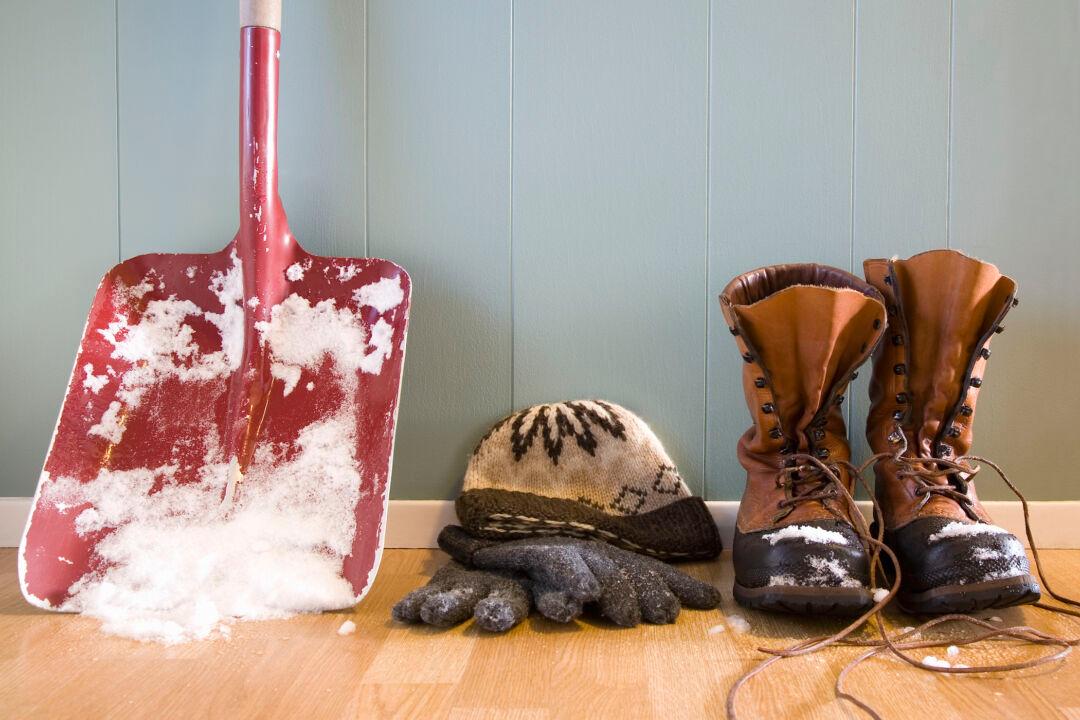
Friends Read Free